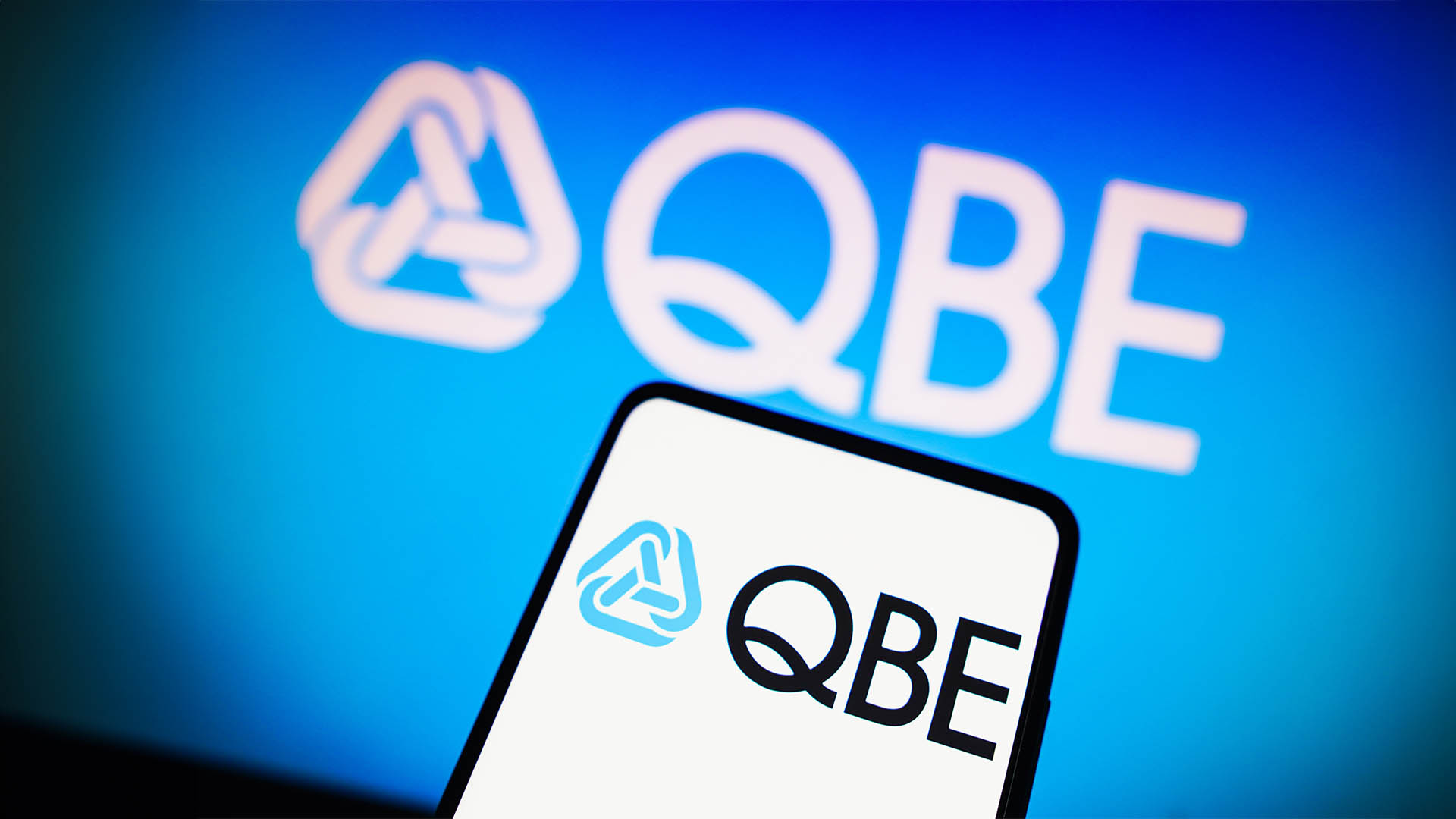Australia’s trade deficit dipped below the $1 billion mark in January thanks to a rise in exports and a small pullback in imports.
The Australian Bureau of Statistics said the trade balance of goods and services in January was a seasonally adjusted deficit of $876 million compared to the upwardly revised $1.379 billion shortfall in December.
Imports fell one per cent, while total exports rose two per cent except rural exports which fell one per cent because of the drought.
The figures were another tantalising hint of the still to really be achieved boom in exports from all the investment in resources in states like WA, Queensland plus the Northern Territory, and to a lesser extent, NSW and South Australia.
It’s not that exports haven’t been flowing in rising volumes from the iron ore, coal, copper, lead, zinc and alumina mines and plants: they have, it’s just not in the volumes we are demanding.
Much of the rapid rise in value reflect higher world prices and not significantly higher volumes: that has been true to an extent in coal, iron ore, copper, zinc, oil products, lead and gold.
Still any rise is better than a ballooning deficit so the forecast yesterday from the Australian Bureau of Agricultural and Resource Economics is to be welcomed.
ABARE issued its forecast for 2007-08 at the start of its annual outlook conference in Canberra.
The forecast assumes that the drought is breaking (it certainly is in northern and northwestern and central Australia) and it says that commodity exports will hit a record of $148 billion in the 2007-908 financial year.
That would be seven per cent above the expected level for the year to June 2007 of $138 billion. That’s down 1.4 per cent from the December forecast of $140 billion: a fall driven by the drought.
This slowing pace of growthwill continue for the next five years according to forward projections by ABARE.
The agency expects the value of Australian commodity exports to rise in real terms in 2008-09, before a gradual easing toward the end of 2011-12. Exports are still projected to be worth about $141 billion in 2011-12, two per cent higher than in 2006-07.
If that happens it doesn’t sound promising for some of those ‘blue sky’ forward valuations from impressionable investment analysts for BHP Billiton, Rio and the like.
What it does say is cost cuts and restructurings are on the agenda from around 2008 onwards for many mining companies.
ABARE Director, Phillip Goyle said in the March edition of its quarterly outlook that “The growth in export earnings forecast for 2007-08 mainly reflects increased shipments of iron ore, coal, LNG copper, grains and oilseeds in response to strong demand in overseas market”.
The value of minerals and energy exports is forecast to rise eight per cent to $116 billion in 2007-08, on top of the 17 per cent rise to $108 billion this financial year in 2006-07.
Assuming “average seasonal conditions” i.e. a breaking of the drought, the value of farm exports is expected to edge up to $27.2 billion in 2007-08, compared with the forecast 2006-07 figure of $26.3 billion.
A breaking of the drought is forecast to boost wheat output to a forecast 24.98 million tonnes in 2007-08 from just 9.8 million tonnes in this year, meaning wheat exports will rise by around three million tonnes to almost 16 million tonnes in the year. That will produce a 21 per cent increase in the value of wheat exports to $3.8 billion. (Good news for AWB, Futuris, Bendigo Bank and Graincorp.)
Barley exports could recover to about 4.6 million tonnes in 2007-08, up 48 per cent from the drought affected volume exported in 2006-07 (and good for ABB Grain and Graincorp).
Barley exports could be worth $1.2 billion in 2007-08, thanks to an increase in shipments from the post-drought crop and relatively good prices.
Our sugar production is forecast to increase by 10 per cent to 5.1 million tonnes in 2007-08 reflecting no cyclone damage and lower than forecast damage from cane smut, especially around Bundaberg and some parts further north in the sugar growing belt. (Good News for CSR?).
Gold output is forecast to rise to 289 tonnes in 2007-08 from the 255 tonnes expected this financial year.
ABARE expects the impact of de-bottlenecking port and rail infrastructure to boost mineral exports with iron ore production projected to rise by 177 million tonnes, or nine per cent a year, to 441 million tonnes by 2011-12.
While copper production is projected to increase at an average annual rate of seven per cent to reach 1.35 million tonnes in 2011-12. (A lot of that depends on Olympic Dam in South Australia.)
In the coming year ABARE forecast that iron ore exports will rise 18 per cent in value to $20 billion, making it our leading export earner, followed by coking coal, gold and nickel.
But there’s a small proviso: China, which buys 12 per cent of Australia’s exports, is forecast to grow at 9.5 per cent by ABARE, compared with 10.7 per cent in 2006 but China’s Premier Wen Jiabao set a lower growth target of 8 per cent for this year in Beijing on Monday.
That however was the same target as in 2006, which was comfortably exceeded.
Japan, the biggest buyer of Australian beef and coking coal, is forecast to grow by 2 per cent in 2007, compared with 2.2 per cent last year. The US economy is forecast to grow at 2.5 per cent and global growth is forecast to fall to 4.3 per cent, from 4.9 per cent last year.
Other highlights include a forecast that gold prices may rise 11 per cent to average $US670 an ounce in calendar 2007 driven by investment demand; nickel prices may average $US36,750 a tonne in 2007, 52 per cent above a year earlier, while copper prices are tipped to fall 18 per cent.
The estimated nickel price is well under current prices of more than $US40 a tonne while the copper price forecast won













